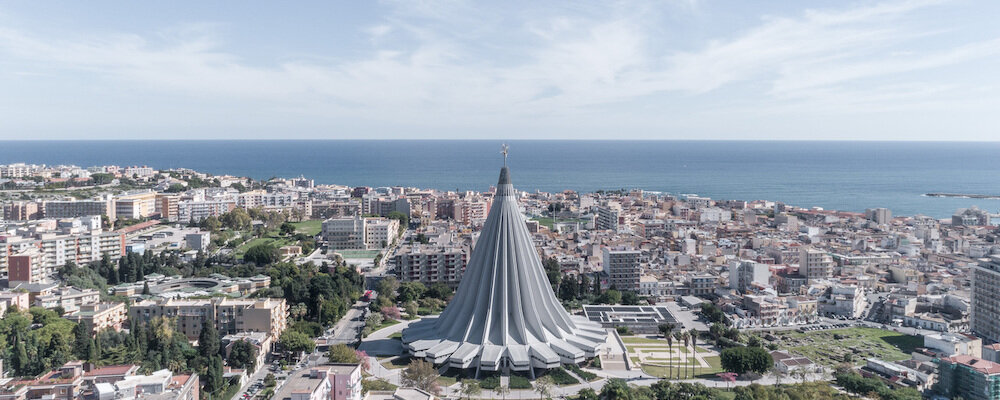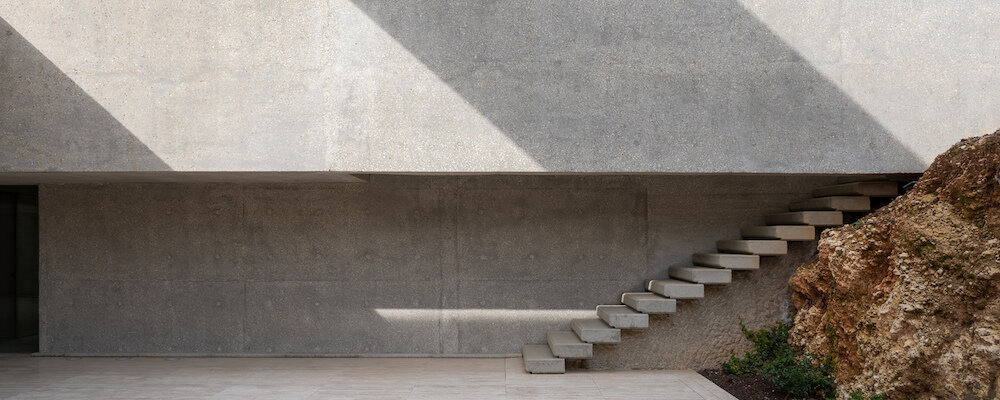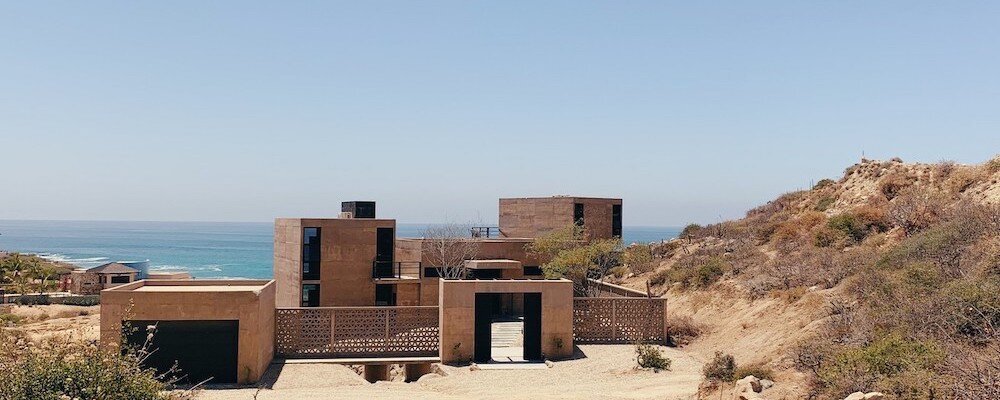#ConcreteWeek - Basilica Sanctuary of Our Lady of Tears
In Sicily, the island of Gods, one is more used to see Greek temples and heavy baroque churches… except for this one in the centre of Syracuse…
Day 4: Basilica Sanctuary of Our Lady of Tears, Italy.
In 1953, Sicily was in the centre of attention for the Christian world. A miraculous tearing of a plaster effigy of Virgin Mary made the headlines.
This phenomenon brought an ever growing number of pilgrims to the Syracuse. To date, it is the only one recognised by the Church.
Four years after, to face this ever-growing number of worshippers, an architecture competition was organised for the design of the new church.
100 architects from 17 countries participated.
The winners were Michel Andrault (1926-2020) and Pierre Parat (1928-2019), and their sculptural design became not only a landmark for the region but a trailblazer for religious architecture at the time.
The two architects, former colleagues at Ecole des Beaux-Arts in Paris, joined forces and created their studio, ANPAR, the same year. They had an astonishing career and became on of the most proliferous French studio after WWII.
The Basilica Sanctuary of Our Lady of Tears re-imagines the morphology of the central plan church, very common for pilgrimage shrines, giving it a radical interpretation. The austere aesthetics is derived from its structure, left apparent both for the exterior and the interior of the Sanctuary, giving the building its stark monumentality.
In the architects' intention, the shape is meant to symbolise the elevation of humanity towards God. Nonetheless, in time, the morphology of the building was infused with additional religious meaning, being read as a lighthouse guiding devotees towards divinity, or a teardrop, in connection to the sacred event that led to the erection of the church.
Construction started in 1966 and took 28 years to complete, as excavations revealed a VI century settlement on the site. The building contains two main levels, the crypt and the Sanctuary, with its truncated-conical shaped dome.
The crypt was inaugurated in 1968 and today houses three museums, including one dedicated to the Lacrimation event. In 1994, construction work for the main Sanctuary ended, and Pope John Paul II consecrated the church.
The basilica has 6,000 seats and can house a total of 11,000 people. The pre-tensed reinforced concrete structure reaches a height of 94,3m and a statue reproducing the image of the crying effigy sits at the top of the Sanctuary. The dome's structure is made of an array of 22 concrete ribs with a V-shaped cross-section, horizontally connected through eight pre-tensed rings with a decreasing diameter along with the height of the building.
Vertical window strips alternate the structure's rhythm, giving the impression of light beams coming down towards the sitting area of the Sanctuary.
Nineteen external cantilevers depart from the main base, creating the roofs for several interior spaces meant for housing chapels. The floor of each of these rooms is suspended to the corresponding cantilever with steel tendons.
The interior of the main Sanctuary spans 71.4 m in diameter and five chapels are placed around its perimeter, with 11 more chapels in the crypt. The raw concrete walls, with traces of the wooden formwork, left apparent add texture to the space and create a sharp contrast with the white marble floor of the Sanctuary. The church is surrounded by a botanical park which extends for nearly 17,000 square meters, created by landscape architect Nino Attardo.
Pictures by Stéphane Aboudaram | WE ARE CONTENT(S).















